Minds On
Reading strategies
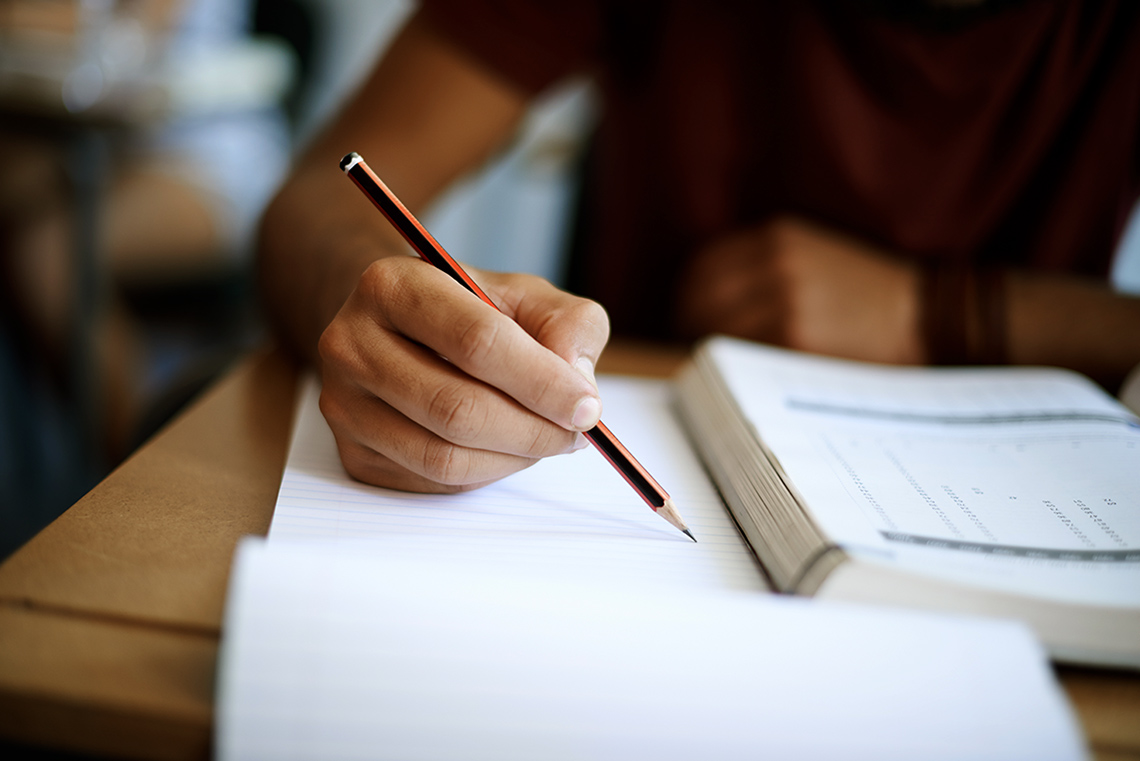
When we read, we can use different strategies to help us understand or deepen our understanding of a text. These are called reading comprehension strategies.
What strategies do you use to understand what you read before, during, and after reading?
Explore the strategies below and then sort them using the Reading Comprehension Strategies Organizer or a method of your choice.
| Making connections | Activating prior knowledge | Visualizing |
| Predicting | Rereading | Revising predictions |
| Making inferences | Summarizing important ideas | Evaluating ideas |
| Asking questions | Reflecting | Identifying the structure of the text |
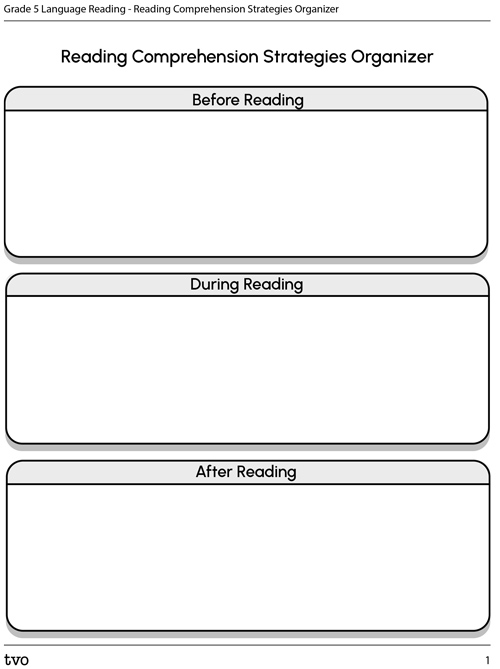
Press the Activity button to access Reading Comprehension Strategies Organizer.
Activity (Open PDF in a new tab)Action
Think marks
The strategies that you just sorted allow us, as readers, to monitor our understanding. This means that they help us to make sense of what we read and reconnect with the meaning of a text or "fix" any comprehension problems we have.
Next, let’s learn how to keep track of the strategies we use while we read!
Are you familiar with Think Marks? Think Marks allow us to “mark our thinking” as we read.
Explore the following “marked up” section from the article, “Ontario’s got (bio)gas.” You will notice that there is a reading thought to go with every mark. A link to the article can be found in the following Keeping track section.

1. “Ontario’s got (bio)gas.” I marked this text with an “LOL” because the idea of a province passing gas is unexpected and hilarious. I wanted to keep reading to find out more about Ontario’s “gas.” 2. “Painted to look like the Earth” This line of text helped me to visualize the gas tank. I wonder if they painted it this way because bio gas is good for the Earth. 3. “Biogas is a mix of gases produced when organic matter breaks down in a low-oxygen environment.” I marked this line with an asterisk (*) because I feel it’s important for me to know the definition of biogas to understand how it works as a renewable energy source. I might need to return to this part of the article to remind myself what biogas is. 4. “anaerobic digestion.” I circled the term “anaerobic digestion” because I’m curious about it and I don’t know what it means. I know that “digestion” means breaking things down so maybe “anaerobic” has something to do with oxygen levels. I wonder if learning the definition of “anaerobic digestion” will help me better understand how biogas is produced.
How would you have marked up this text? Would you have used similar symbols? If not, what would you have used instead?
Press ‘Tip’ to reveal a learning tip.
Keeping track
Select a text of your choice or three paragraphs from the article below. Then, use the Think Marks or another method of your choice to record the strategies you use while reading. (Note: The mark that you select should match what you are thinking as you read through the text.)
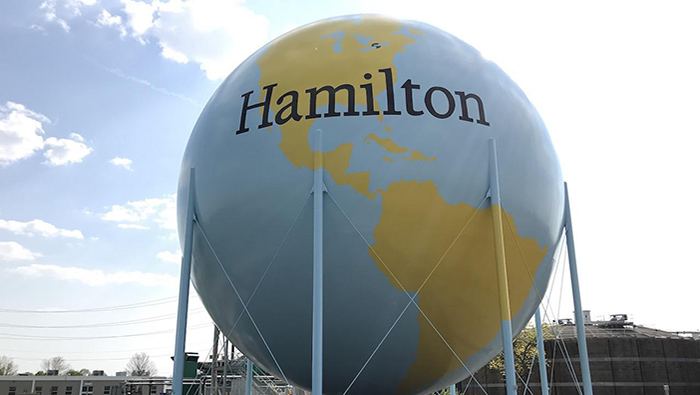
Press tvo today to access Ontario’s got (bio)gas — and there's plenty more where it came from.
tvo today (Opens in a new tab)Be sure to also describe your reading thoughts and provide examples from the text to support your thinking.
After reading, use the following questions to reflect on the strategies you used.
- What reading strategies did you use while reading? How did they help you to understand the text?
- Why is it important to know how to use more than one reading comprehension strategy?
- Think about your reading goals. What reading strategies would you like to use more often? Explain your thinking.
Record your responses using a method of your choice.
Consolidation
Alternative energies
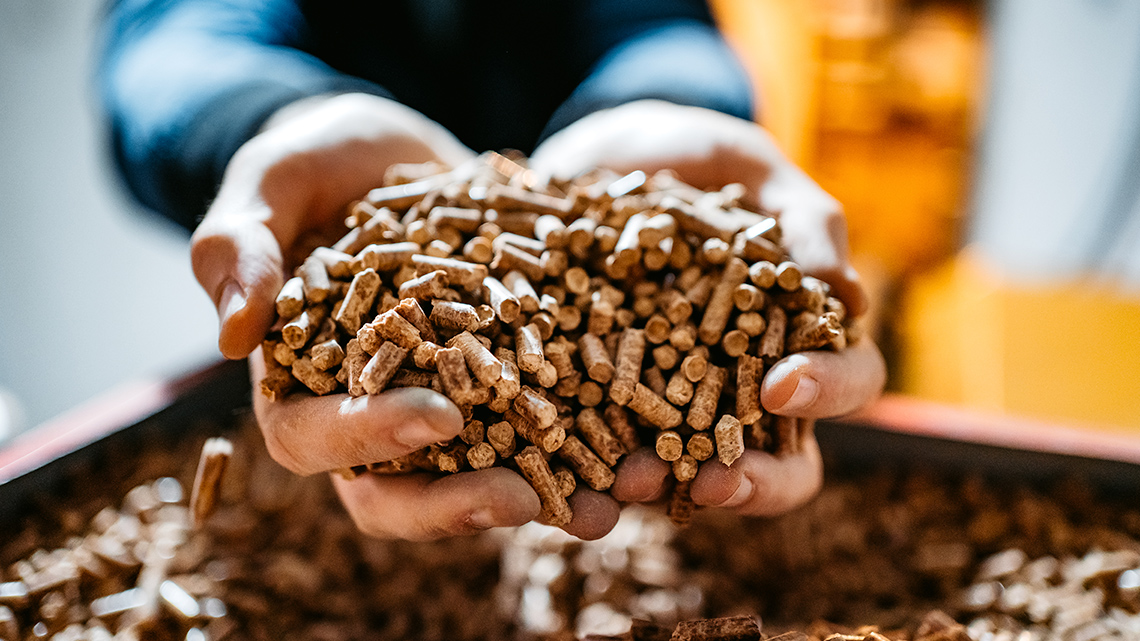
Select an environmental fuel alternative that you are interested in and research to find an article or text which explains the initiative.
Let's continue our exploration of renewable energy sources. Select one of the texts below or use the Internet to find a text about a type of energy alternative. Some examples include:
- Liquid biofuels
- Wind energy
- Solar energy
- Geothermal energy
- Hydropower
- Ocean current energy
As you read, use the Think Marks to keep track of the reading strategies that you use. You can also create a tally chart of the strategies that you use in the template below or in another method of your choice.
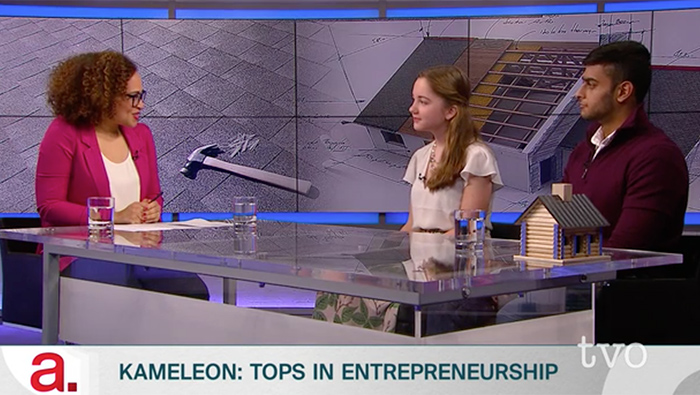
Press tvo today to access Students are reinventing the roofs over our heads.
tvo today (Opens in a new tab)| Reading Comprehension Strategy | Tally Marks |
|---|---|
|
Identifying the structure of the text |
|
|
Predicting |
|
|
Revising predictions |
|
|
Asking questions |
|
|
Activating prior knowledge |
|
|
Rereading |
|
|
Summarizing important ideas |
|
|
Reflecting |
|
|
Visualizing |
|
|
Making connections |
|
|
Evaluating ideas |
|
|
Making inferences |
|
|
Reading strategies I use often: |
|
|
Reading strategies I will try to use more often: |
|
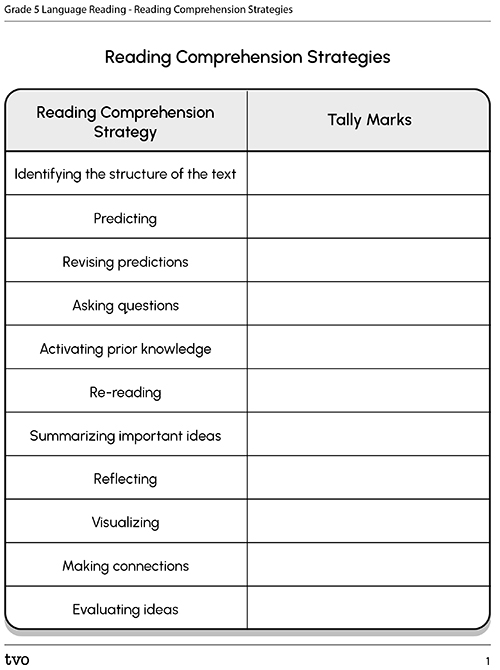
Press the Activity button to access Reading Comprehension Strategies.
Activity (Open PDF in a new tab)Student Success
Think-Pair-Share

Which reading strategies did you use the most? Which ones did you use the least? What are the similarities and differences you notice? Why do you think this is?
If possible, share your tally chart with a partner.
Note to teachers: See your teacher guide for collaboration tools, ideas and suggestions.
Reflection
As you read through these descriptions, which sentence best describes how you are feeling about your understanding of this learning activity? Press the button that is beside this sentence.
I feel...
Now, record your ideas using a voice recorder, speech-to-text, or writing tool.